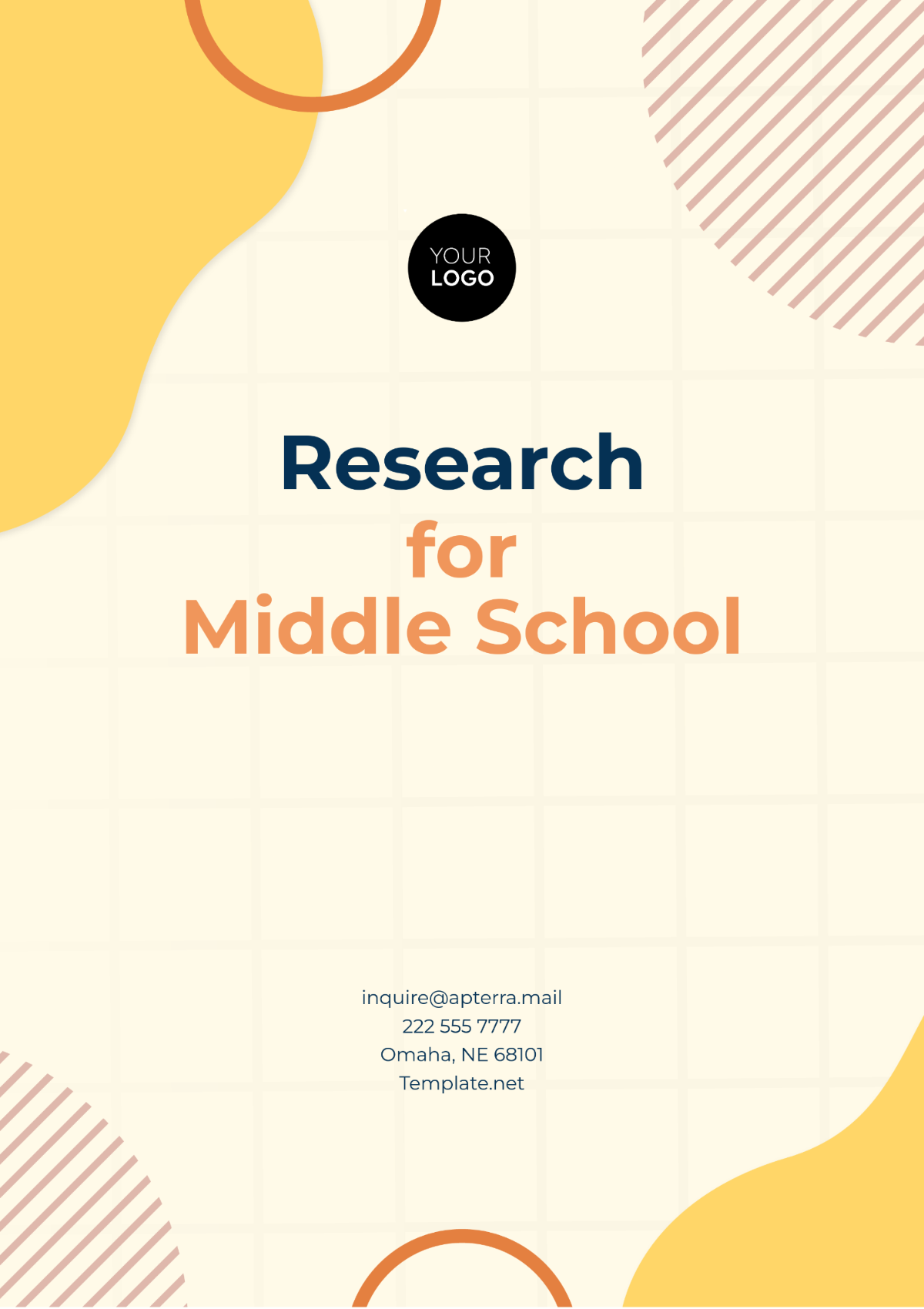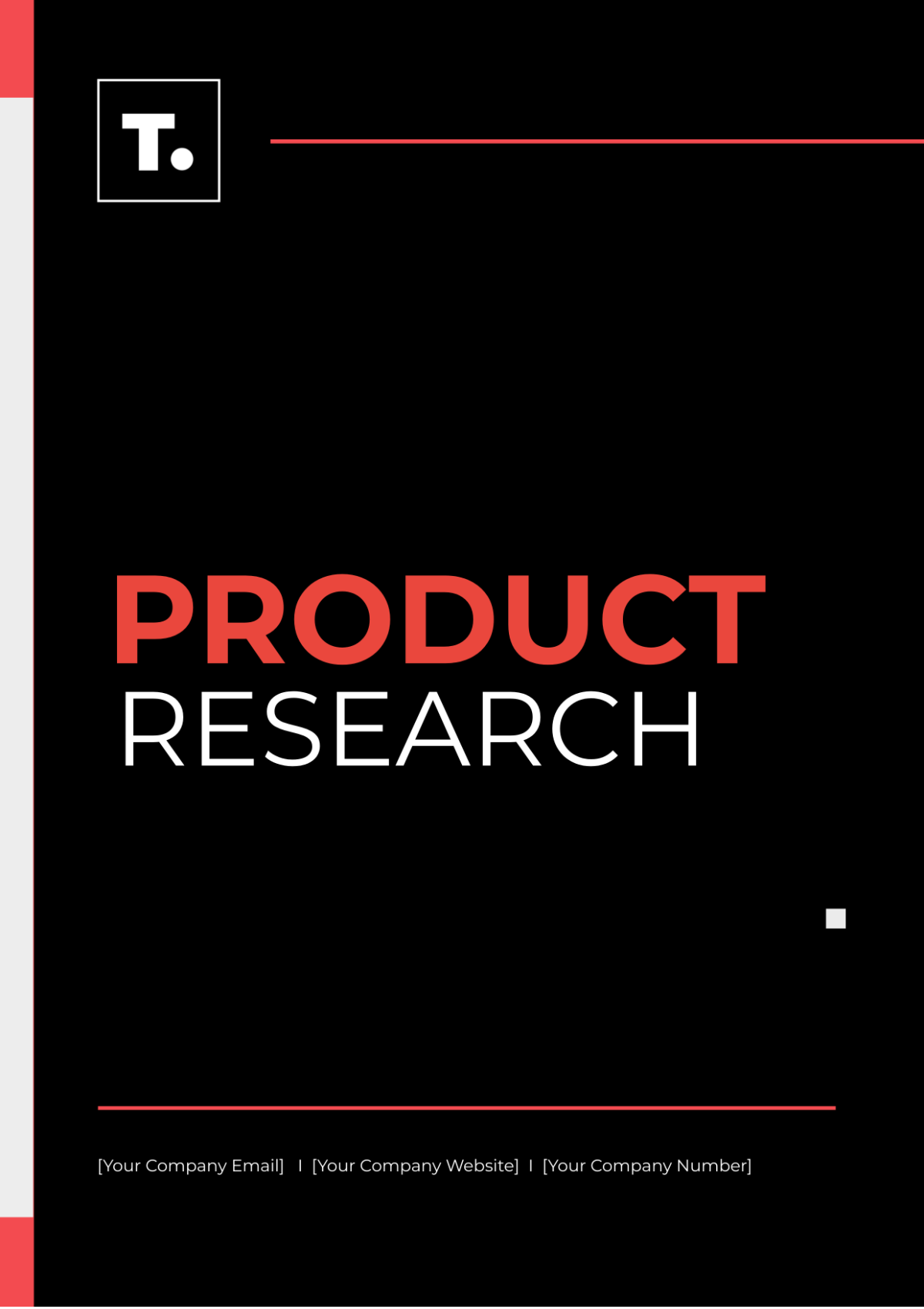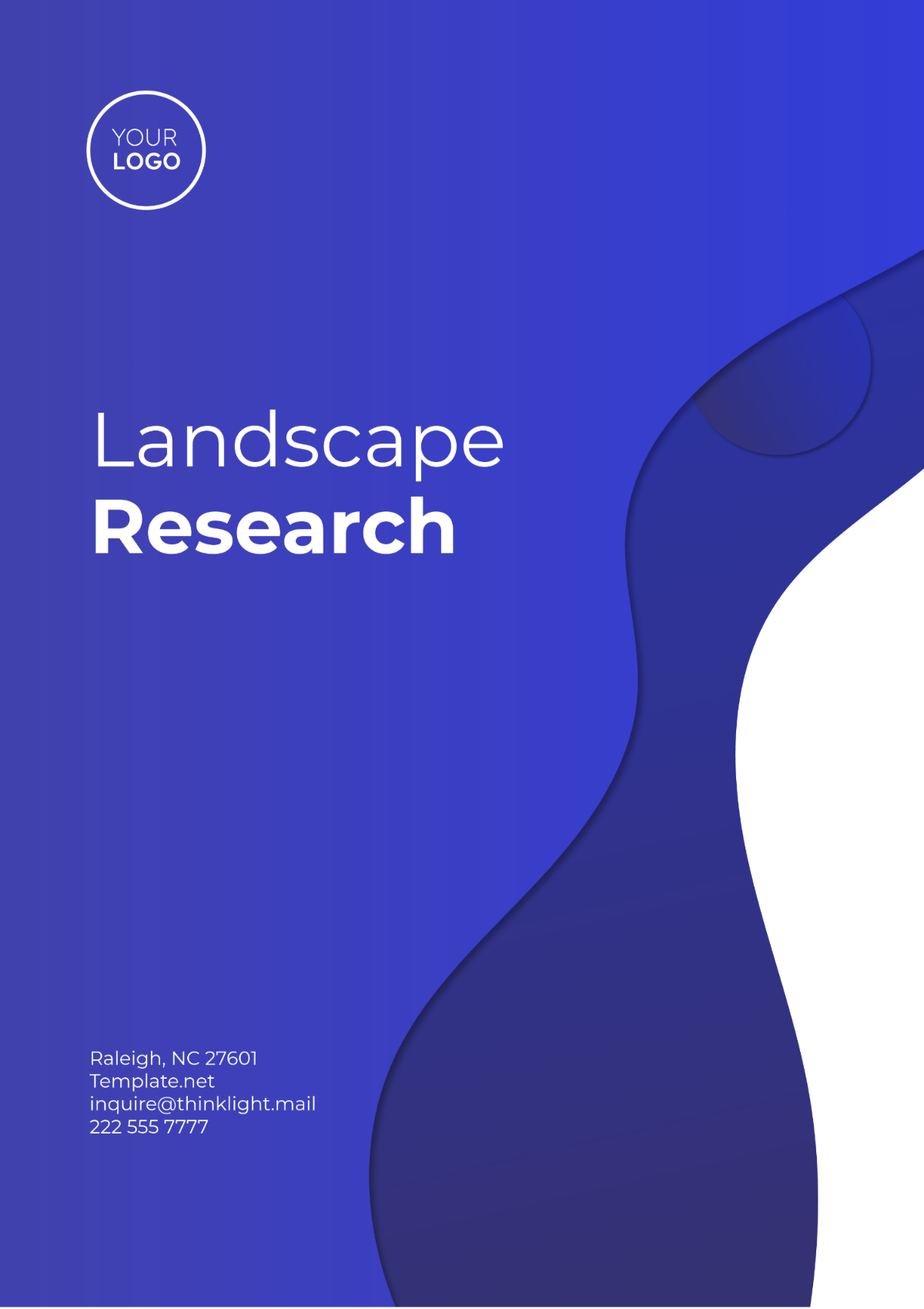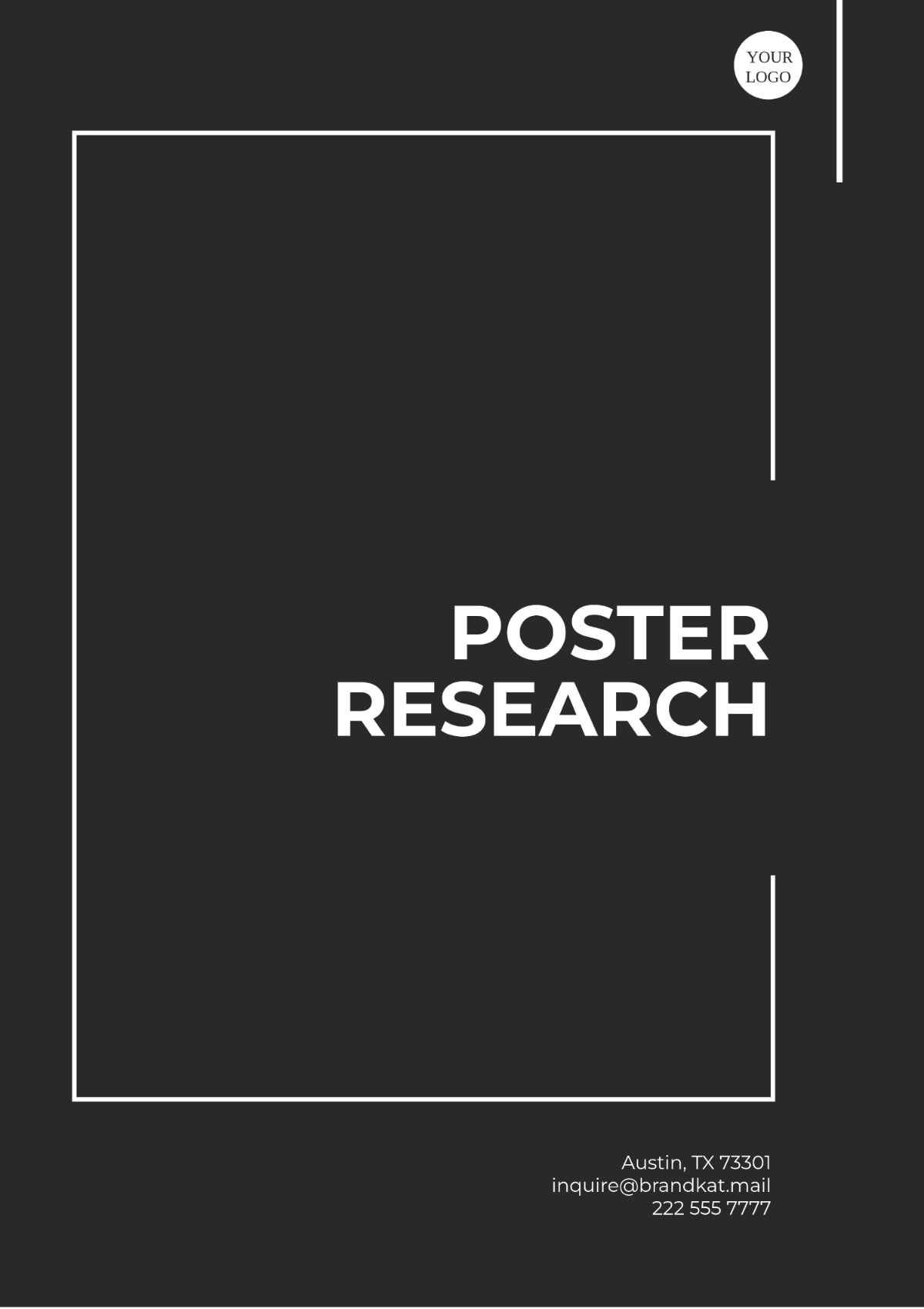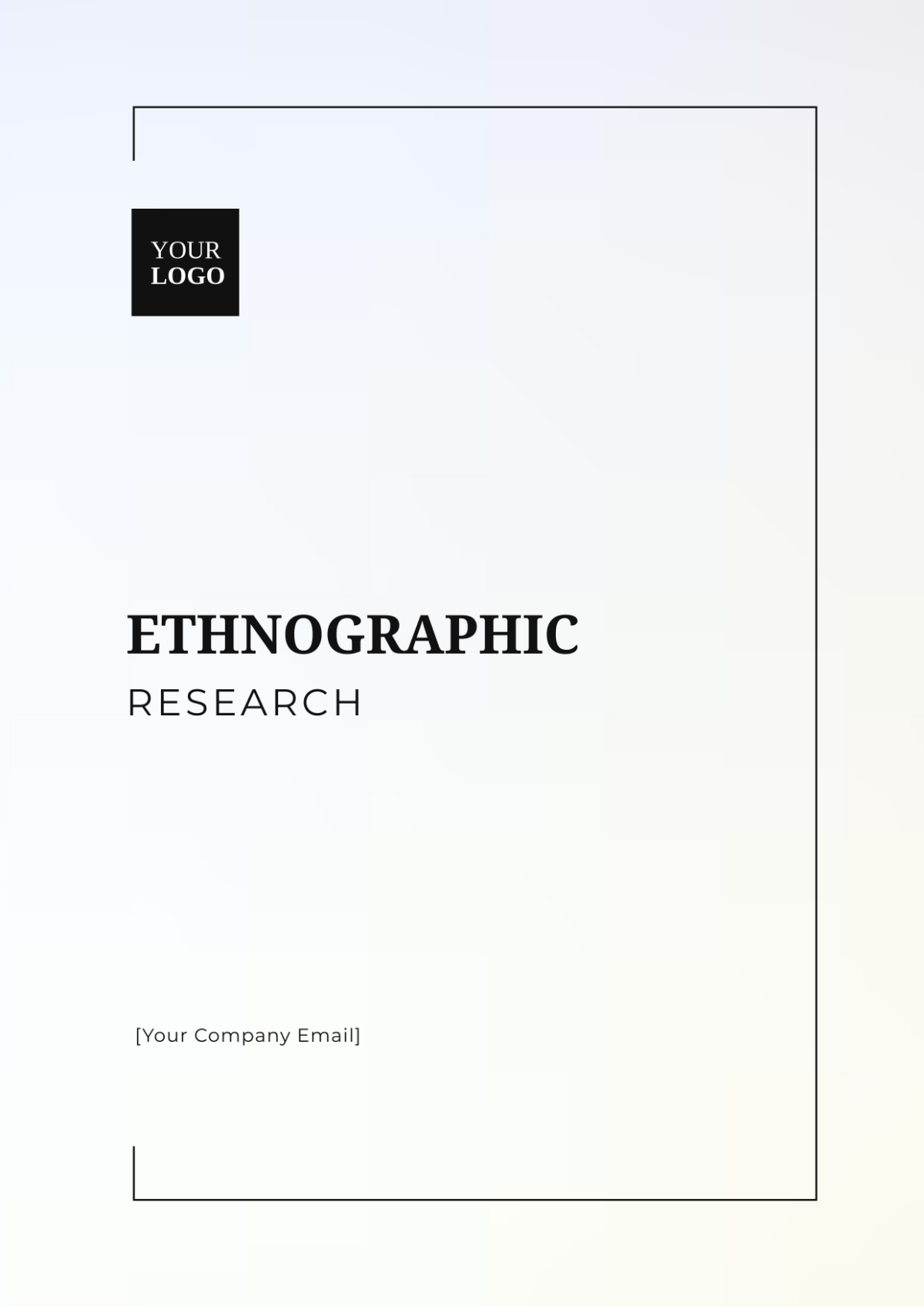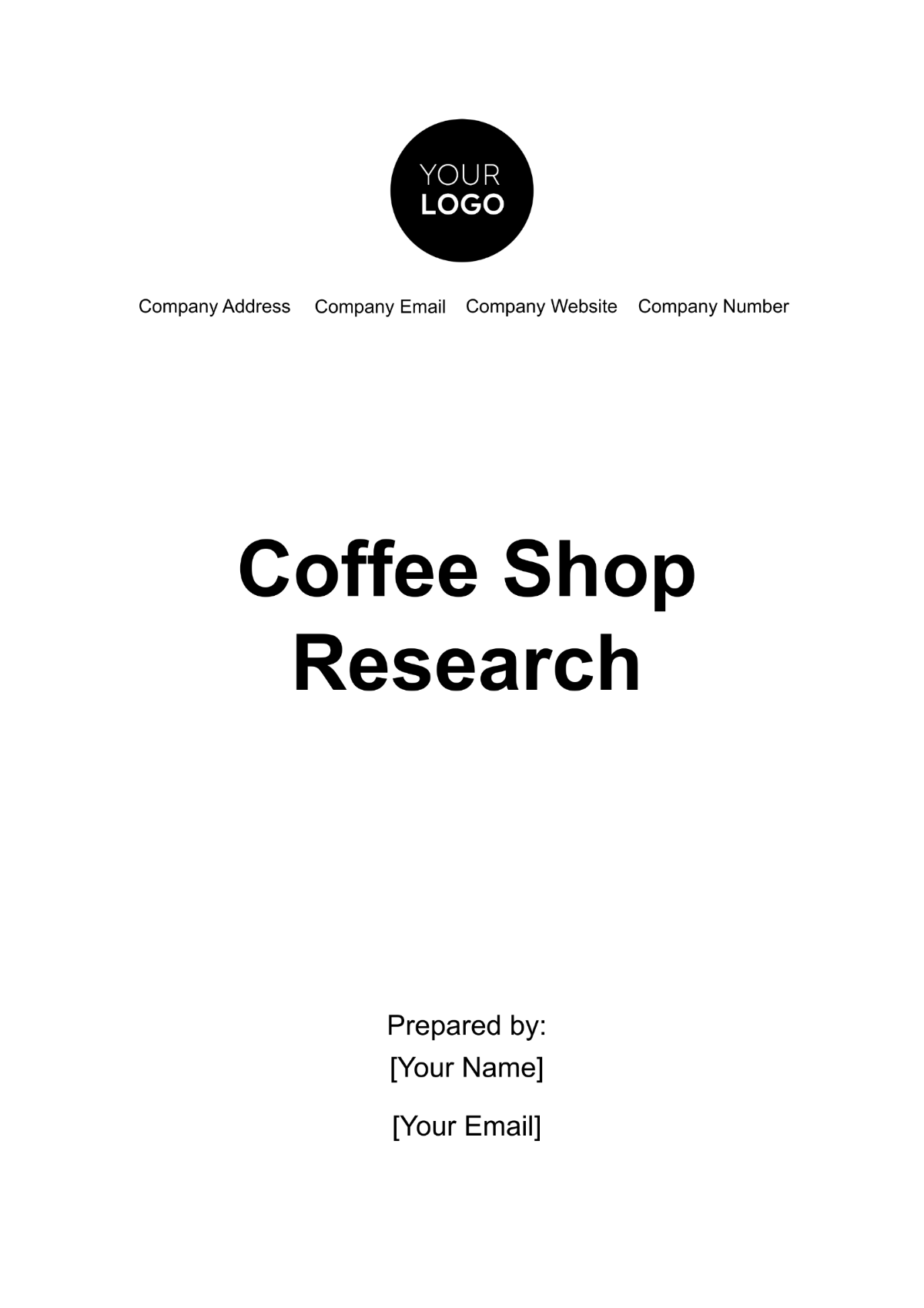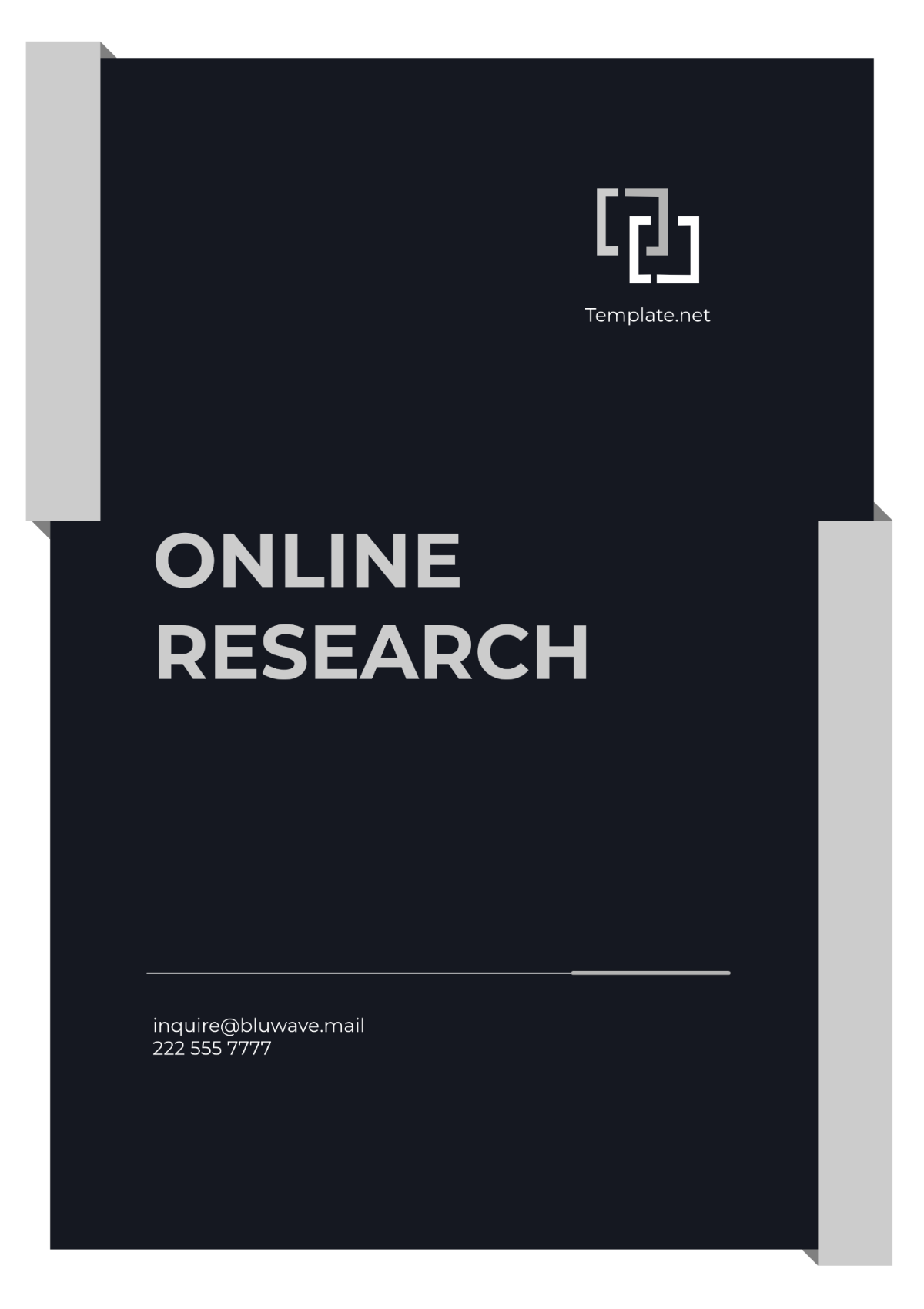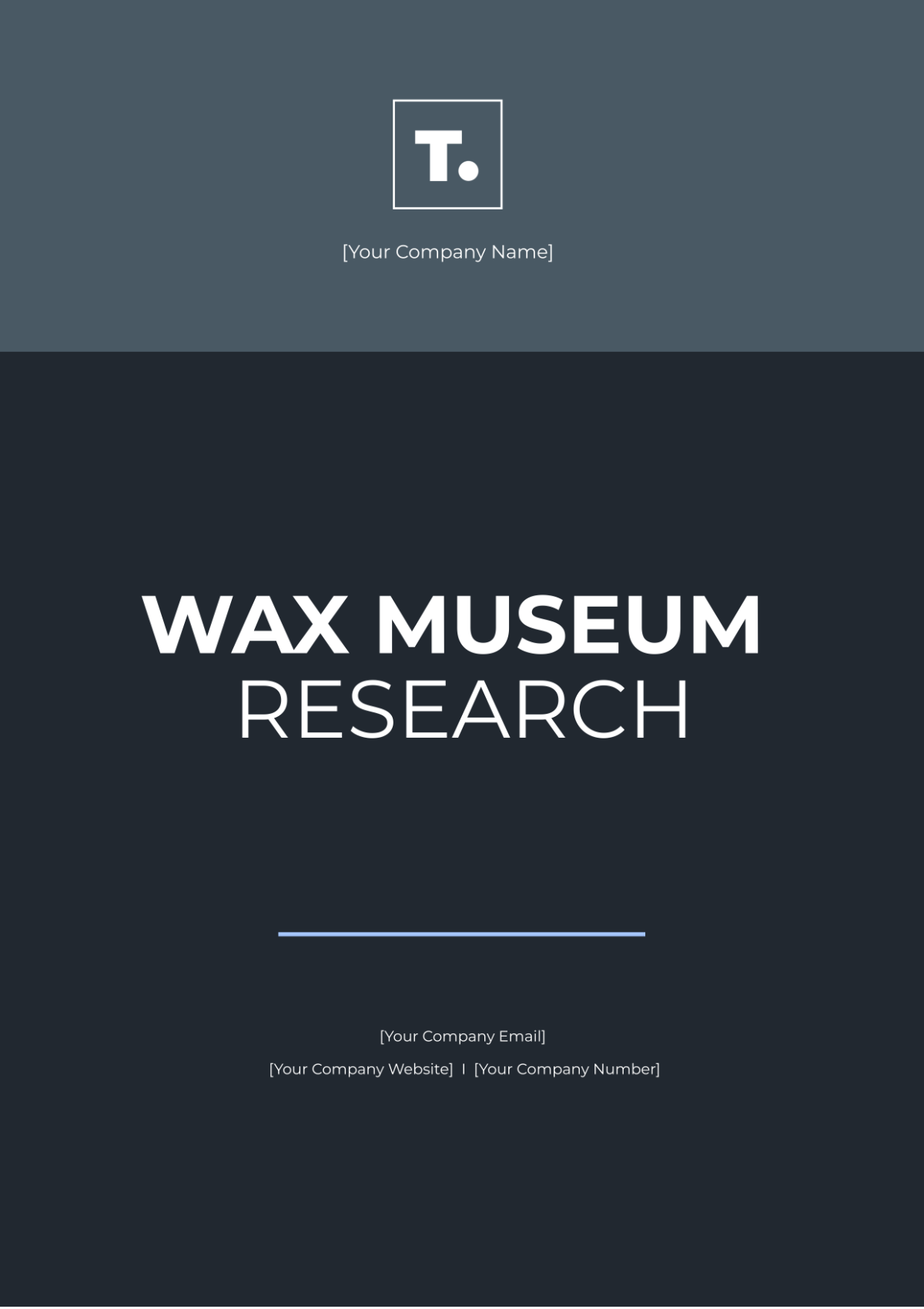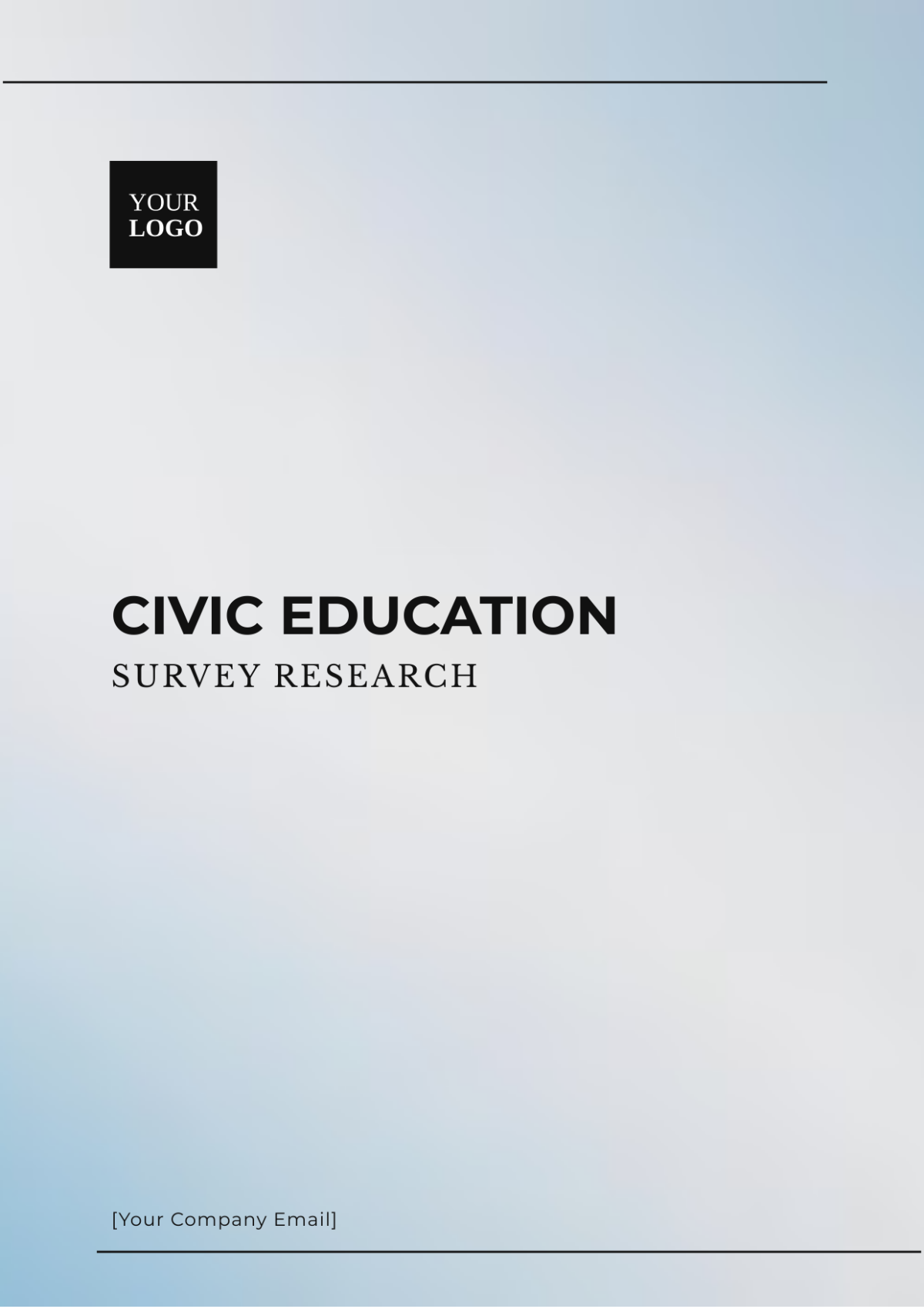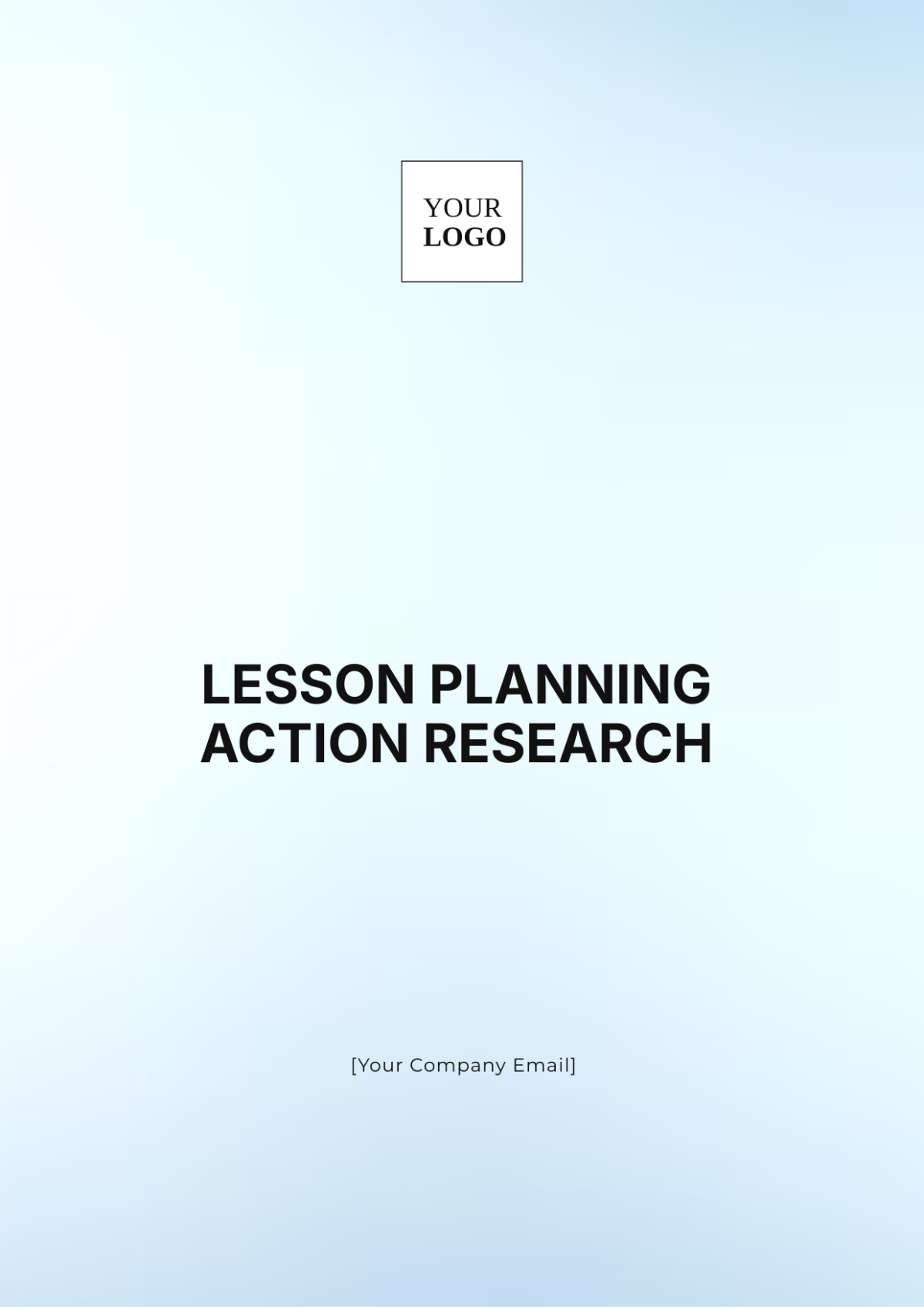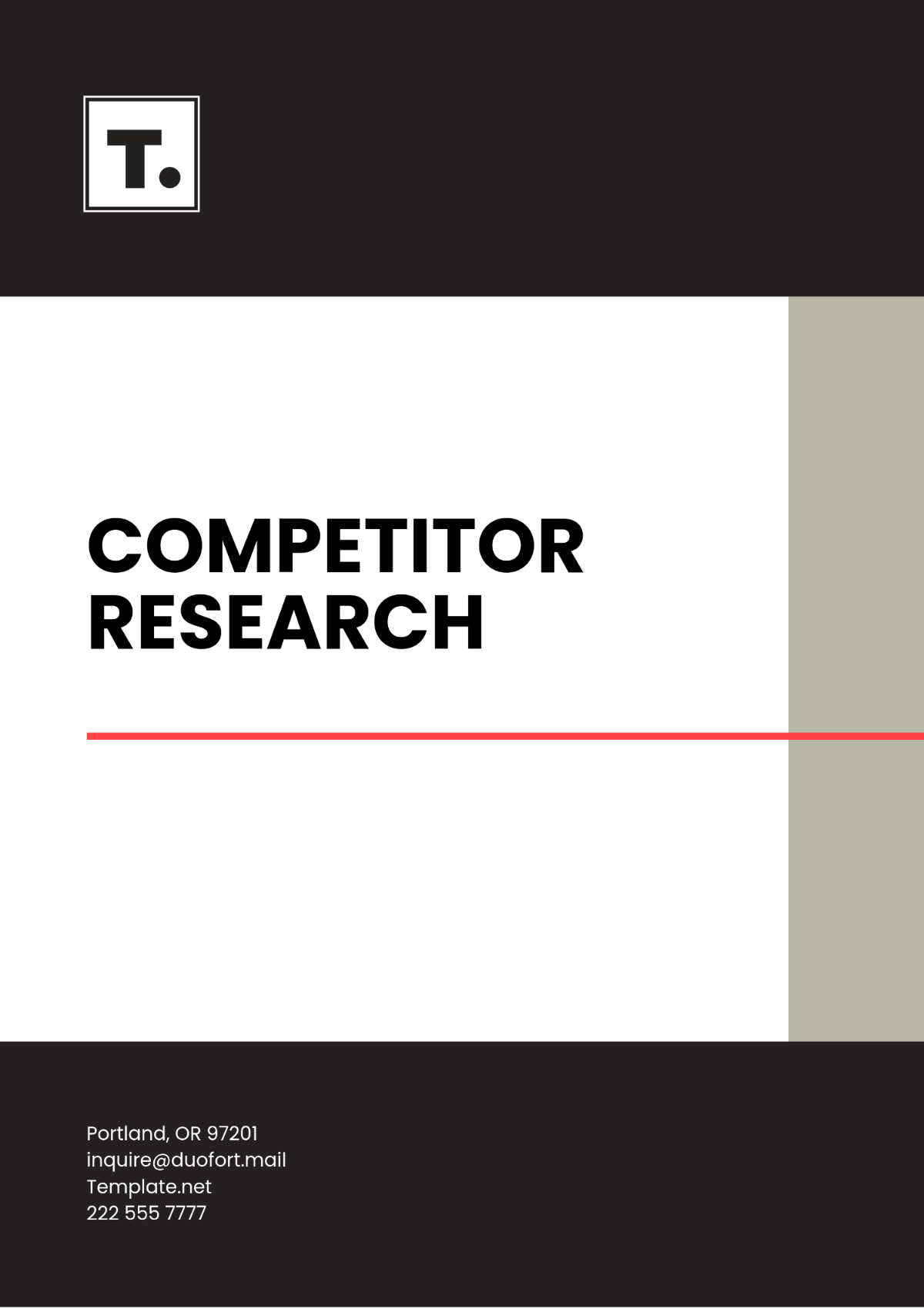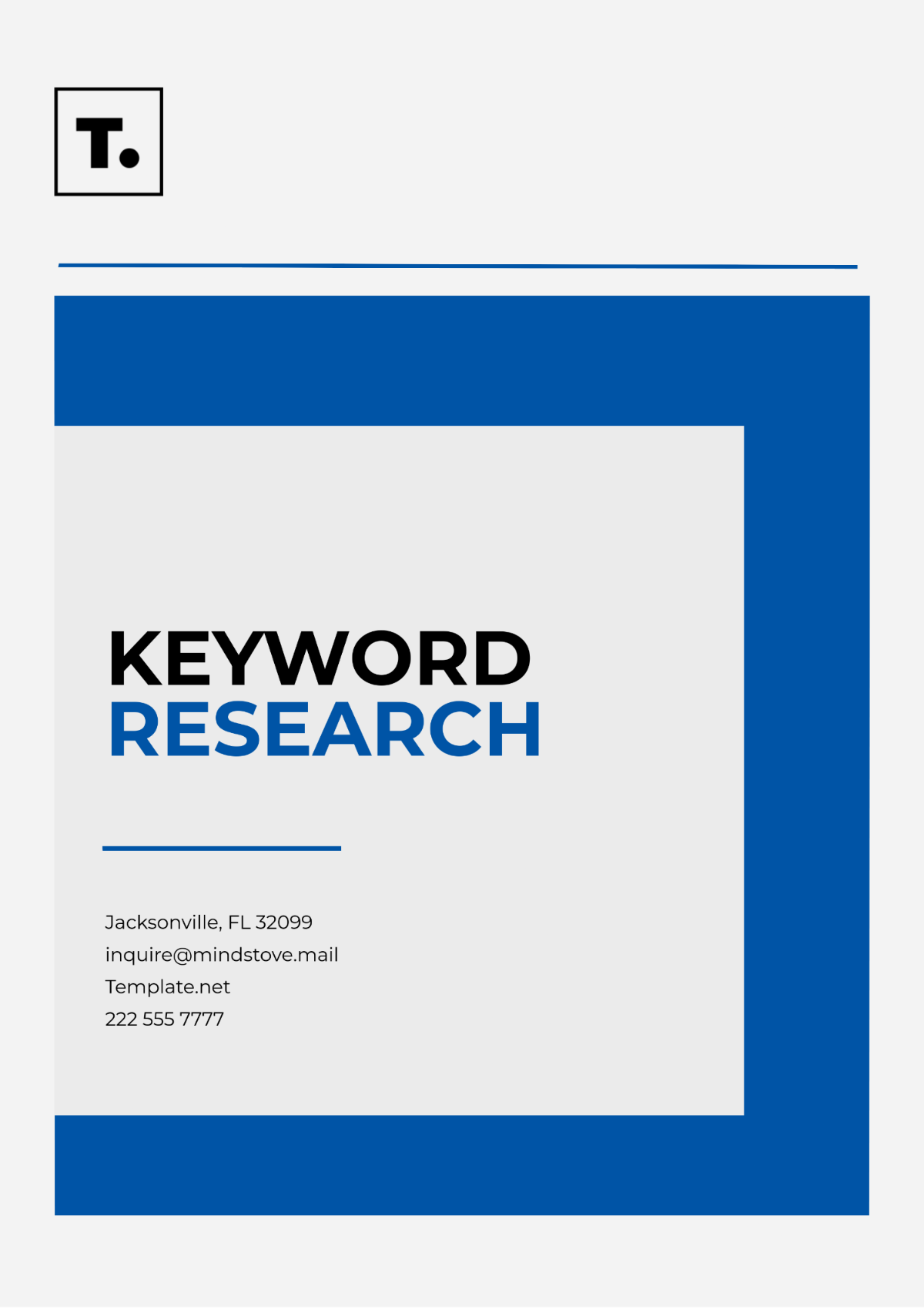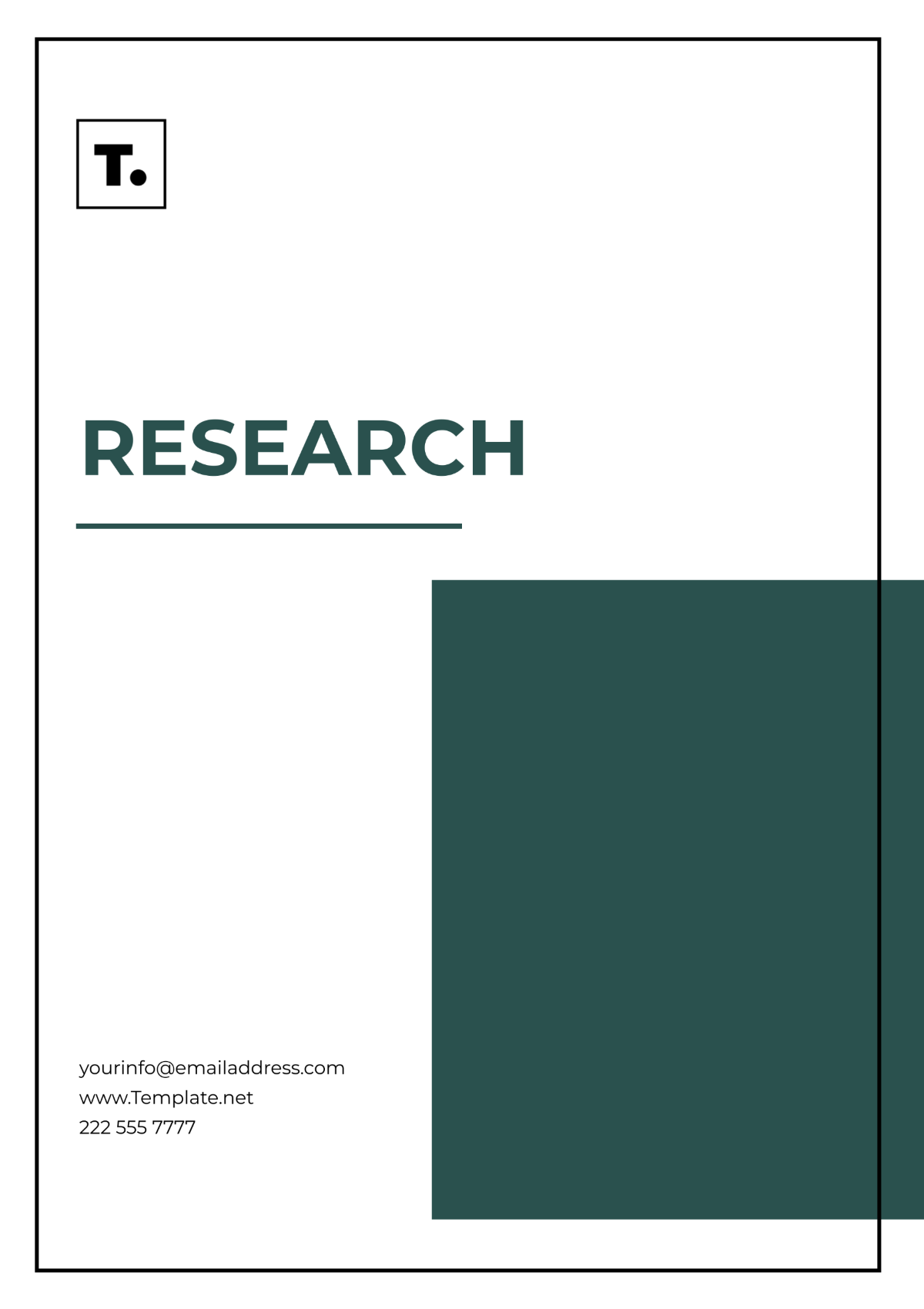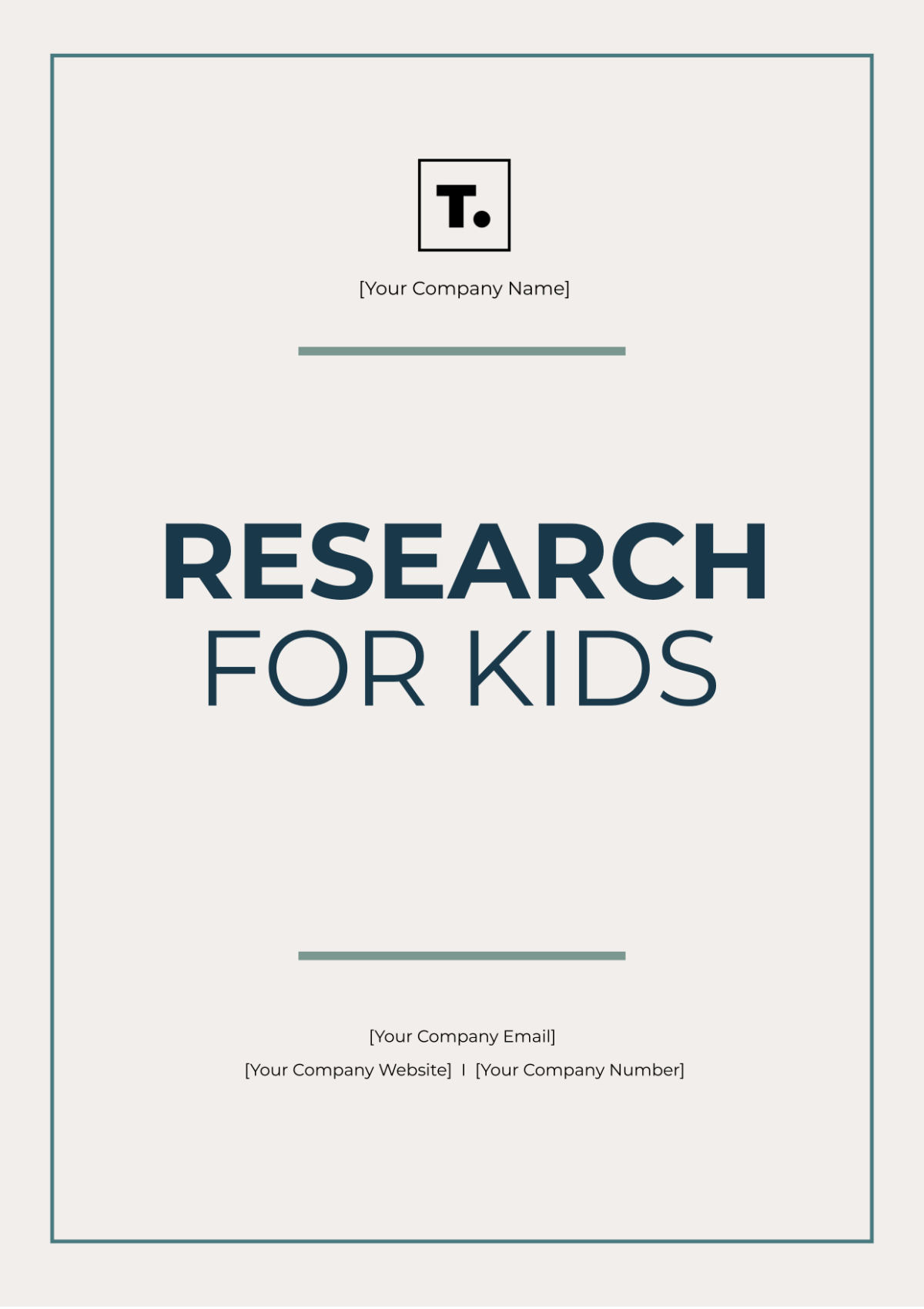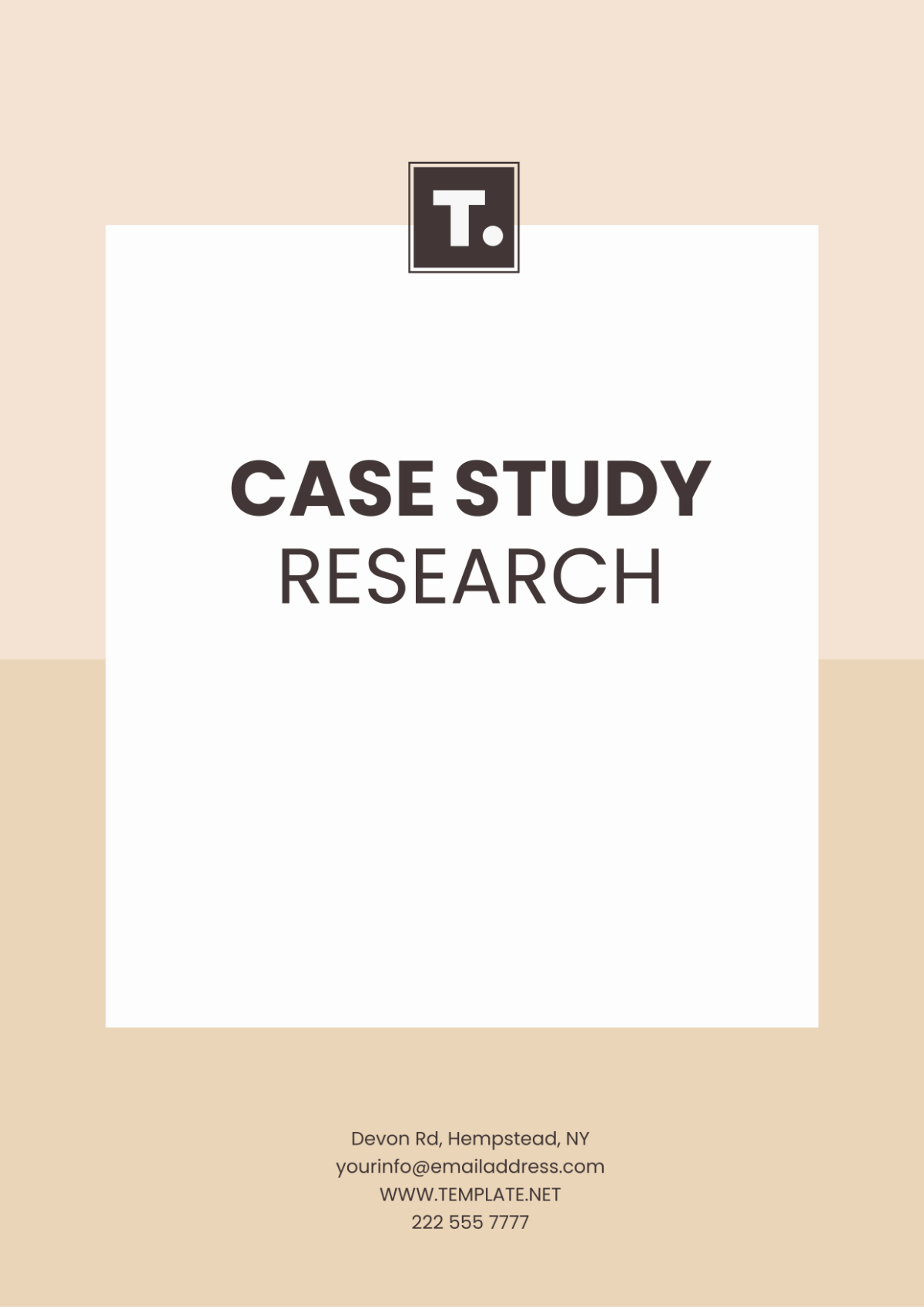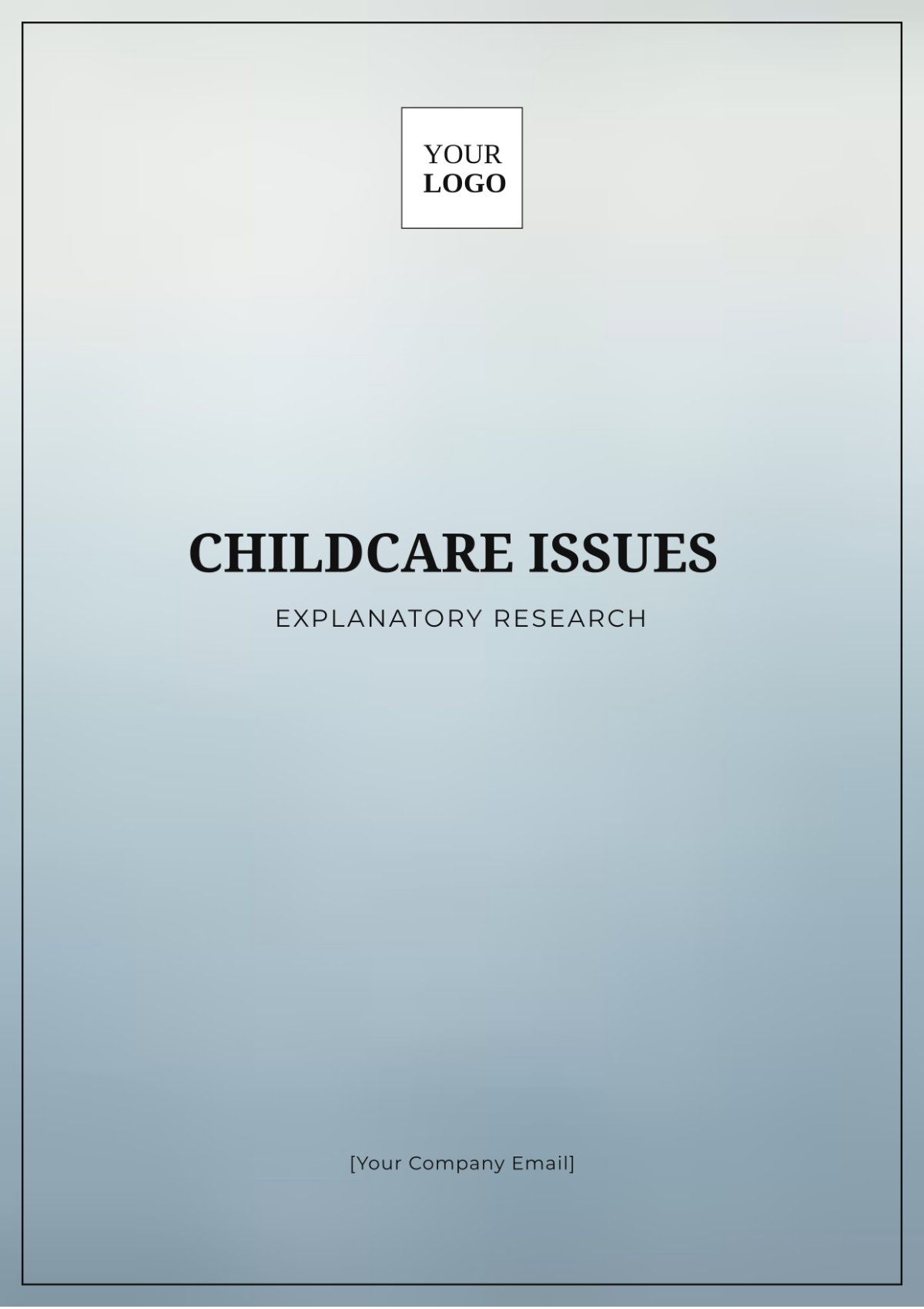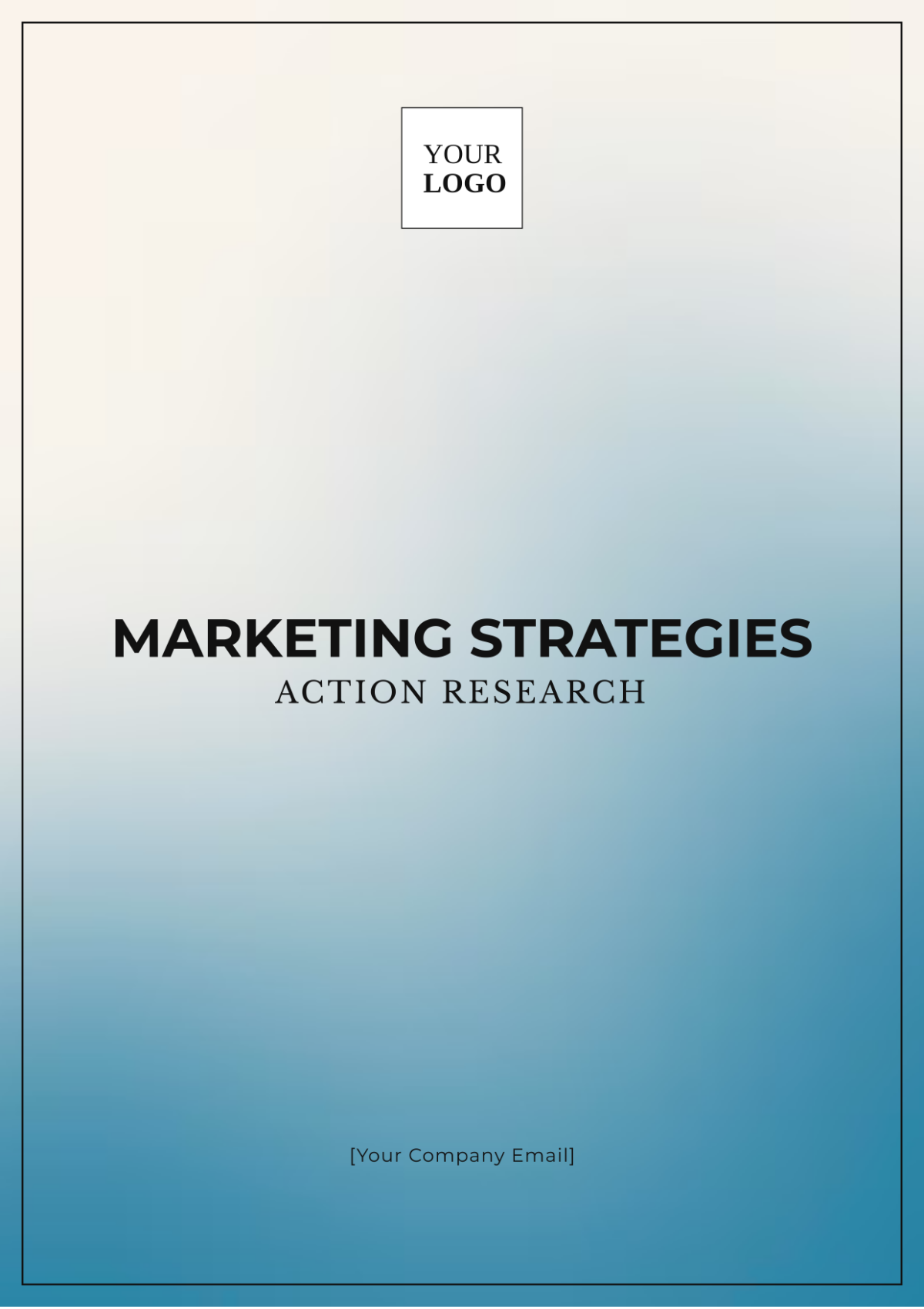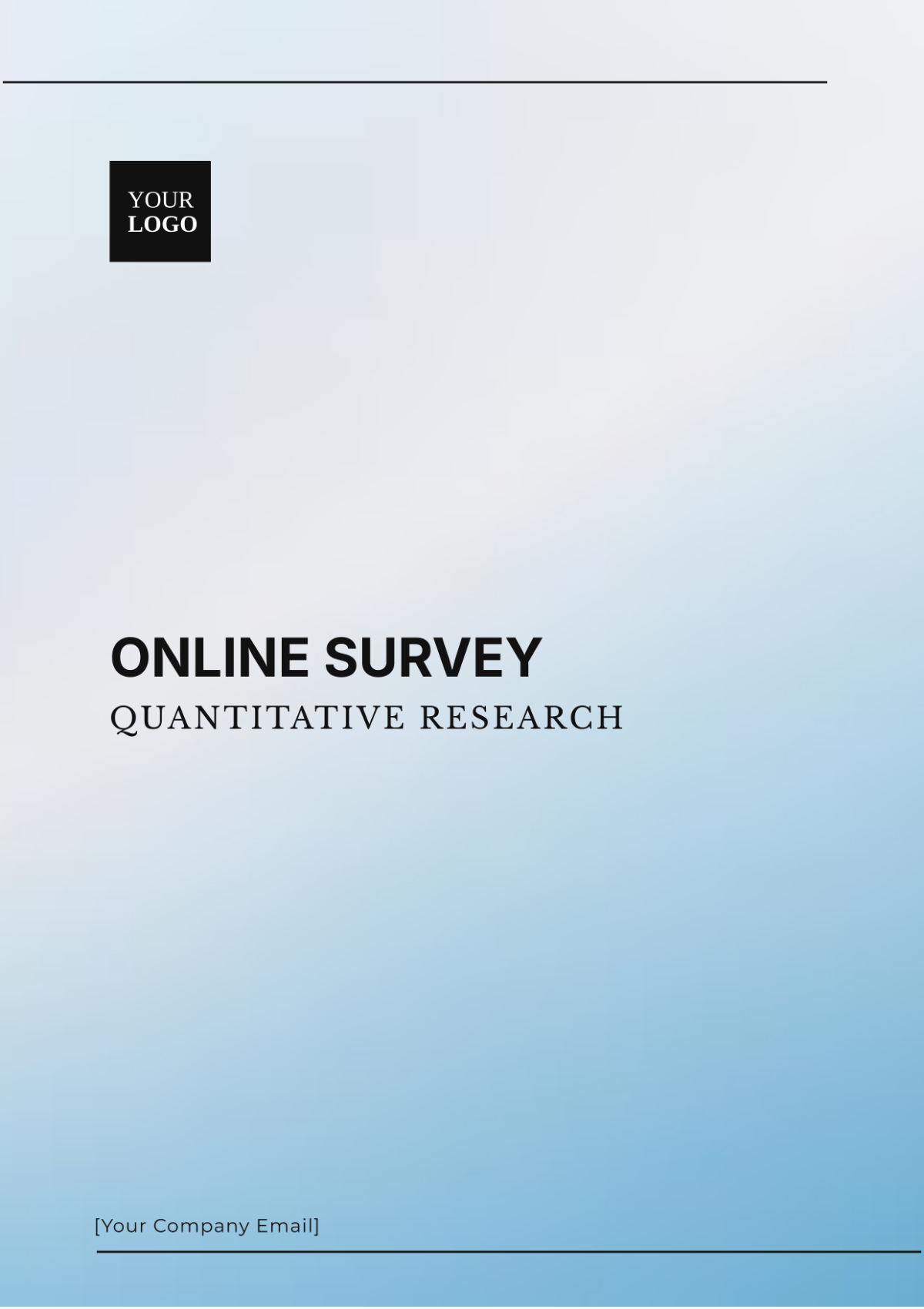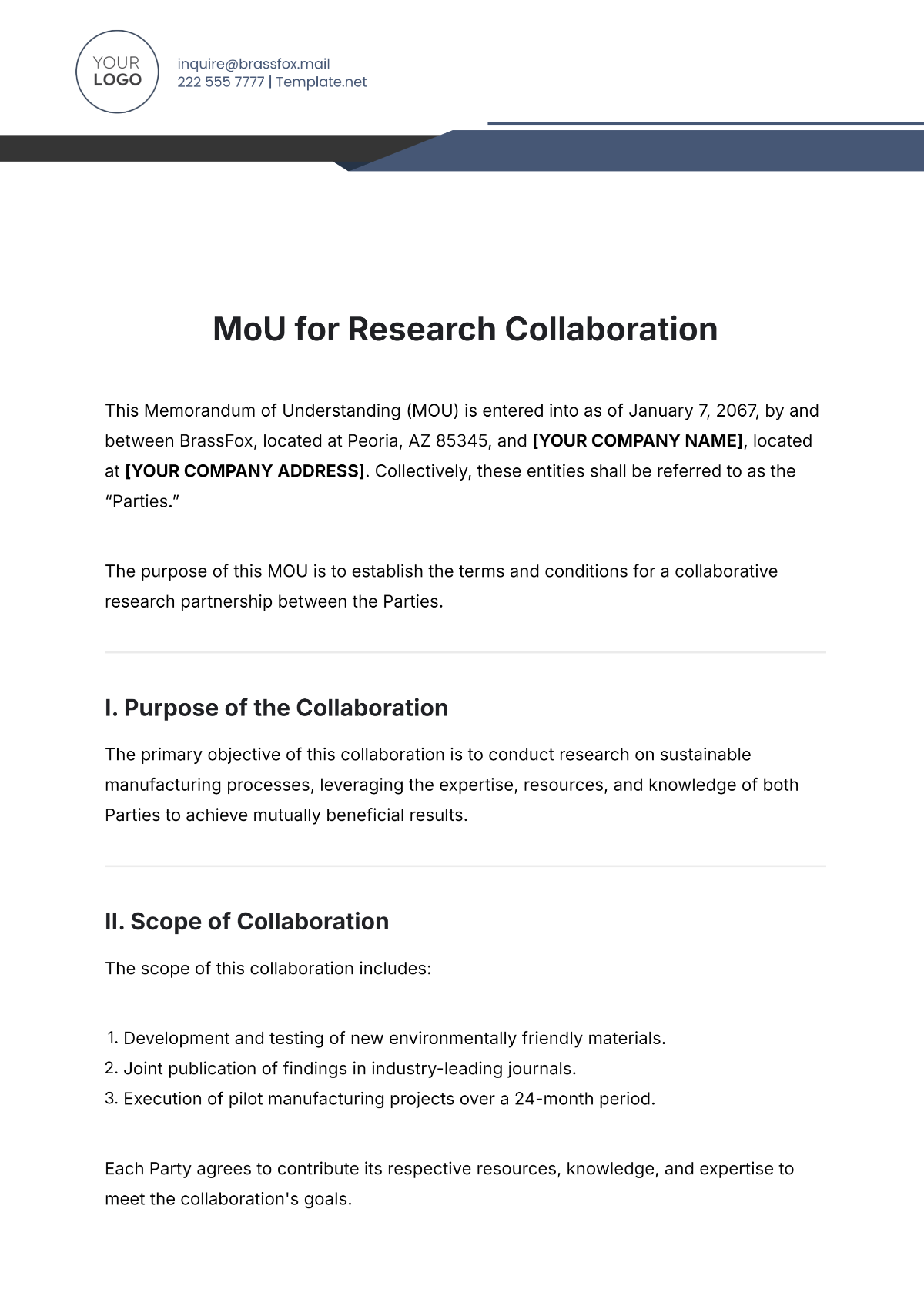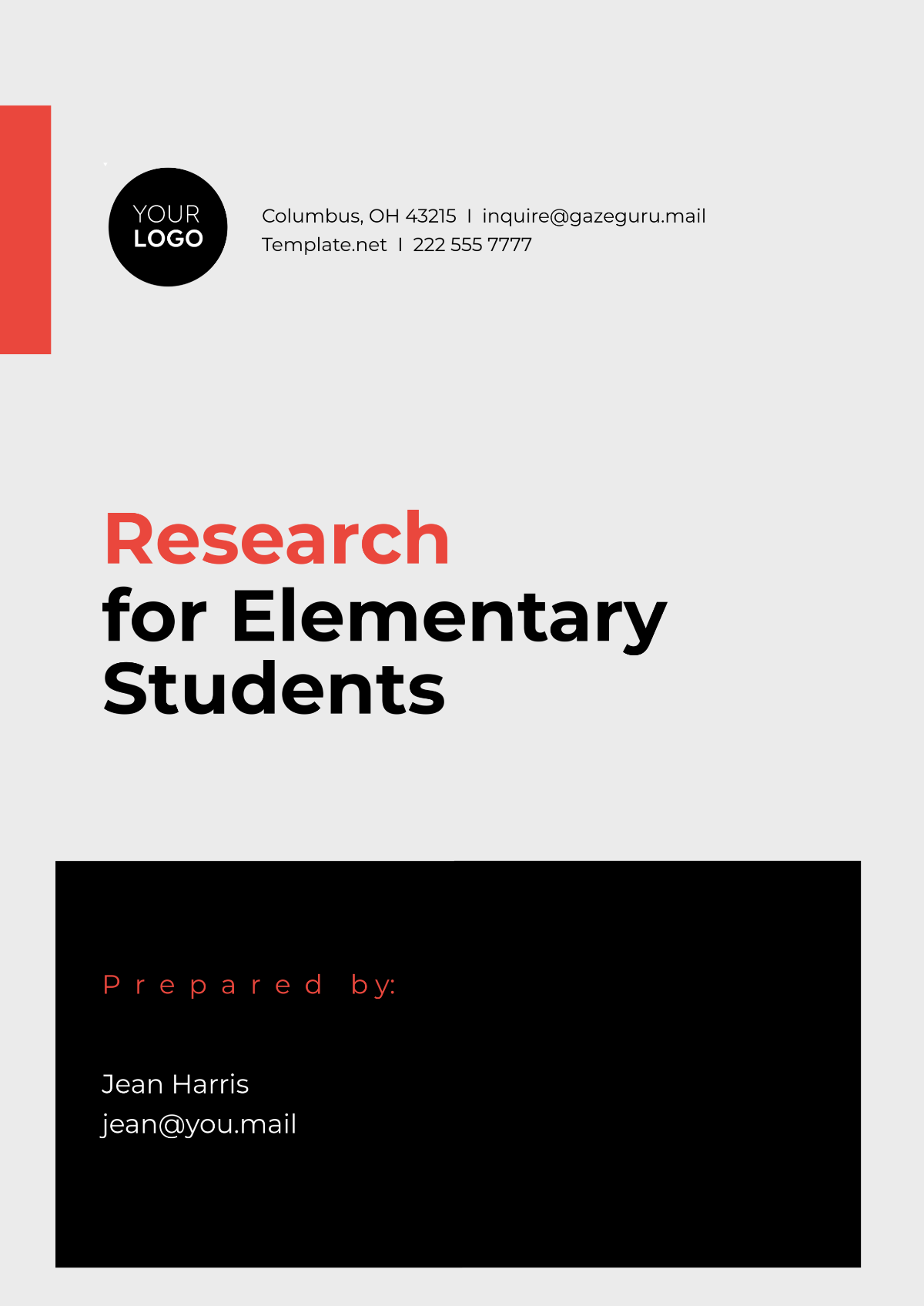UX Researchers Observational
Prepared By: [Your Name]
Introduction
This observational study examines how User Experience (UX) researchers contribute to the product development process. By observing UX researchers in their natural work environment, we aim to understand their methods, challenges, and the overall impact of their work on product outcomes.
Methodology
Research Design
The study employs a qualitative observational design, with data collected through direct observation, interviews, and analysis of relevant documents.
Participants
Participants included UX researchers from three different tech companies, each with a diverse range of products and development processes. A total of 15 UX researchers were observed, and their roles varied from junior researchers to senior UX strategists.
Data Collection
Observations: Researchers were observed during UX research sessions, meetings, and while interacting with other team members.
Interviews: Semi-structured interviews were conducted with UX researchers to gain deeper insights into their experiences and practices.
Documents: Relevant documents such as research reports, user personas, and wireframes were analyzed.
Findings
Research Methods Employed
Usability Testing
Usability testing was a common method used by all observed UX researchers. This method involves assessing a product's ease of use by observing real users as they interact with the product.
Table 1: Usability Testing Methods
Method | Description | Frequency |
|---|---|---|
In-Person Testing | Conducting tests with users in a controlled environment | 60% |
Remote Testing | Conducting tests with users through online platforms | 40% |
User Interviews
User interviews provided qualitative insights into user needs and pain points.
List 1: Key Aspects of User Interviews
Structured Interviews: Pre-determined questions.
Semi-Structured Interviews: Flexibility to explore new topics.
Unstructured Interviews: Open-ended discussions.
Surveys
Surveys were used to gather quantitative data from a larger user base.
Table 2: Survey Distribution Methods
Method | Description | Usage Rate |
|---|---|---|
Online Surveys | Distributed via email or website | 75% |
In-App Surveys | Integrated within the product | 25% |
Impact on Product Development
Influence on Design Decisions
UX researchers played a crucial role in shaping design decisions by providing insights based on user research.
List 2: Areas Influenced by UX Research
Feature Prioritization: Features were often adjusted based on user feedback.
Design Iterations: Iterations were made to enhance usability.
User Personas: Development of detailed personas influenced design choices.
Table 3: Examples of Design Changes Due to UX Research
Product Feature | Design Change | UX Research Insight |
|---|---|---|
Navigation Menu | Simplified options | Users found the original menu confusing |
Onboarding Process | Streamlined steps | Users struggled with the initial setup process |
Search Functionality | Enhanced filters | Users needed more options to refine searches |
Challenges Faced
UX researchers encountered several challenges in their work, including:
List 3: Common Challenges
Limited Access to Users: Difficulty in recruiting representative users for research.
Stakeholder Resistance: Pushback from stakeholders who may not prioritize UX recommendations.
Budget Constraints: Limited funds for comprehensive research activities.
Best Practices
Effective Communication
Successful UX researchers excelled in communicating their findings to stakeholders.
List 4: Communication Strategies
Visual Reports: Use of graphs and charts to present data.
Storytelling: Framing insights in a narrative that aligns with product goals.
Workshops: Interactive sessions to discuss research findings and implications.
Iterative Process
An iterative approach was emphasized, allowing for continuous improvement based on ongoing research.
Table 4: Iterative Process Stages
Stage | Description |
|---|---|
Research Planning | Defining research objectives and methods |
Data Collection | Gathering user feedback and observations |
Analysis | Analyzing data to identify trends and issues |
Design Iteration | Applying insights to refine the product |
Evaluation | Assessing the impact of changes on user experience |
Conclusion
The observational study highlights the significant role of UX researchers in enhancing product development. Their methods, from usability testing to user interviews, provide valuable insights that drive design decisions and improve user experience. Despite facing challenges, effective communication and an iterative approach enable UX researchers to make a profound impact on their products.
